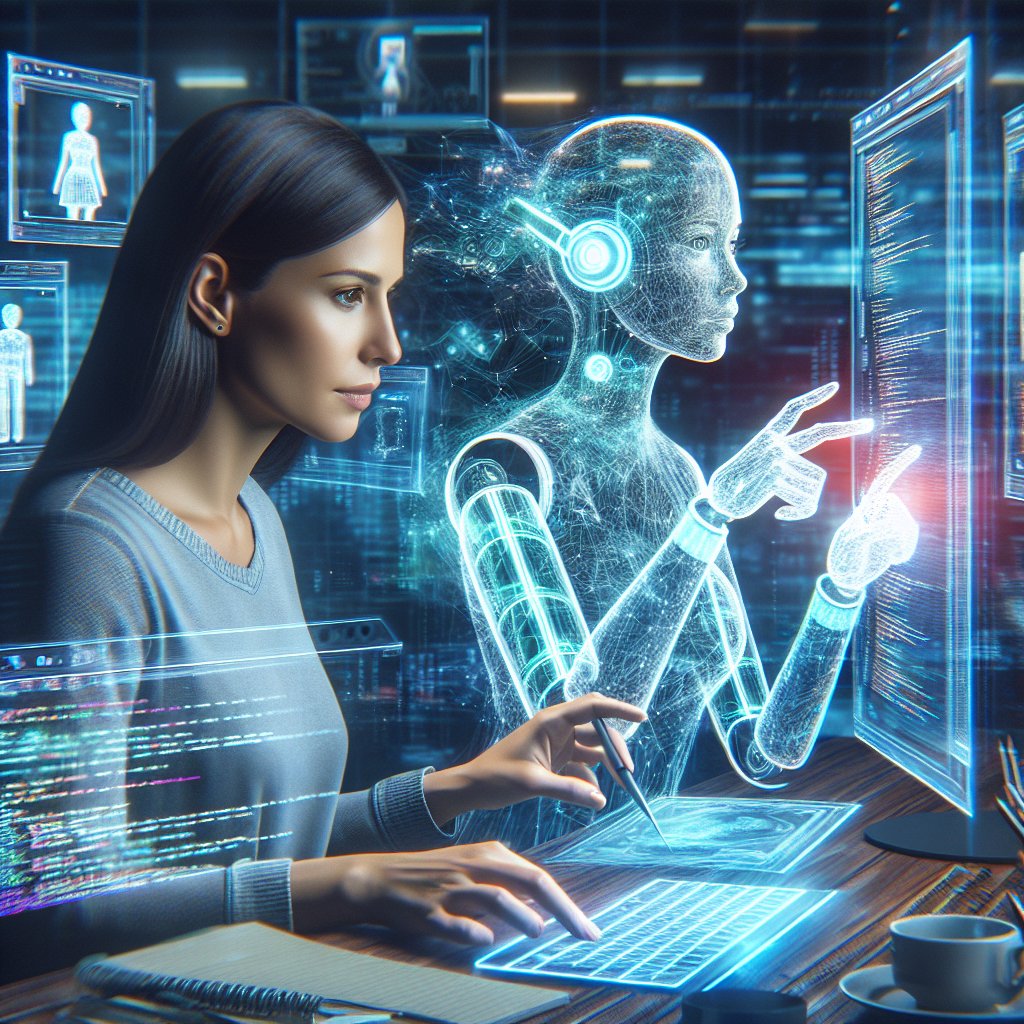Navigating the Snags of AI in Software Engineering: Lessons from ChatGPT's Imperfections
AI's potential to revolutionize fields is a hot topic, but the road to integration isn't always smooth. In software engineering, the promise of AI assistants like ChatGPT lighting up our coding nights and automating tedious tasks remains enticingly close yet frustratingly far. What happens when shiny tech hits a snag? Let's delve into an intriguing research study that maps the bumpy path of AI integration into software engineering, highlighting both pitfalls and opportunities.
Reality Check: The Rise and Stumble of AI in Coding
AI assistants are making a splash in software engineering. They're being hailed as genial partners who promise to boost productivity and give our brains a well-deserved vacation from repetitive tasks. Think of it like having a super-smart intern on speed dial. However, much like interns, these AI assistants occasionally hand in work that's not quite ready for prime time.
The pioneering group of researchers—Jiessie Tie, Bingsheng Yao, Tianshi Li, Syed Ishtiaque Ahmed, Dakuo Wang, and Shurui Zhou—investigated this phenomenon by observing 22 brave software engineers on their quest to code with ChatGPT as a trusty sidekick. Their findings revealed that AI isn't an all-knowing guru just yet.
Hit and Miss: When ChatGPT Runs into Trouble
The Perks of Partnership
First, let's look at the bright side. ChatGPT and its AI siblings offer several benefits in software engineering. They handle repetitive chunks of work, like writing boilerplate code, leaving human engineers free to tackle more complex problems. For seasoned pros, this means more mental energy to innovate. Students and novices find in these AI tools a valuable guide, ready to answer questions in a way textbooks sometimes fail to do.
The Potholes in the Path
But hang on, not everything is rosy. As the researchers found, AI assistants sometimes generate incorrect code—like your GPS directing you down a goat path instead of a highway. For newcomers and students, this can be particularly frustrating. Instead of gaining skills, they might find themselves ensnared by AI's errors, inadvertently cultivating a dependency on subpar advice and wasting precious time fixing things they weren't even sure were broken.
The Empirical Odyssey: Digging Into the Study
In the realm of empirical research, these scientists took a pragmatic approach. They recruited 22 software engineers and set them a non-trivial coding task. The catch? They had to use ChatGPT for assistance.
Spotting Failures
Here's the juicy part—when did ChatGPT stutter? The study uncovered specific scenarios where this AI assistant failed to impress. The most common issues were:
- Incorrect Code Generation: Producing code that, on the surface, seemed useful but fell apart under scrutiny.
- Incomplete or Misleading Explanations: Offering help that seemed coherent but missed the mark.
These hiccups were not just academic trivia; they suggested that software engineers might need strategies to navigate ChatGPT's pitfalls.
Finding Solutions
The participants didn't just throw up their hands in frustration. They devised strategies to mitigate these snarl-ups. From cross-referencing AI-generated code with reliable sources to using ChatGPT primarily for brainstorming rather than detailed tasks, these solutions paint a hopeful picture of human-AI collaboration.
What It Means for You
The study gives us a sneak peek into how AI and human intelligence can co-exist in software engineering. It's an ongoing conversation—improving AI tools and better training users to tap into AI's strengths while sidestepping its weaknesses. Tailoring our approaches to integrate AI smoothly into workflows could significantly boost individual productivity and enhance collective knowledge.
Key Takeaways
- Beware the Imperfections: While AI like ChatGPT can enhance productivity, it's not infallible. Cross-checking AI-generated content is crucial.
- Skills Still Matter: Especially for those learning the ropes, over-relying on AI can stunt skill development. Use AI to complement your learning, not replace it.
- Evolving Strategies: Engineers are already finding ways to work hand-in-hand with AI, focusing on improving human-AI interaction.
- A Flourishing Future: This study underscores potential areas for enhancing AI tools, suggesting a symbiotic future where human creativity and AI efficiency become the dynamic duo of software engineering.
In this age of tech-driven revolution, the dance between human intellect and AI capability continues to evolve. Embracing these insights allows enthusiasts, learners, and professionals alike to better navigate the dynamic landscape of software engineering, ensuring they're not just spectators in the AI boom but active participants steering its course.

